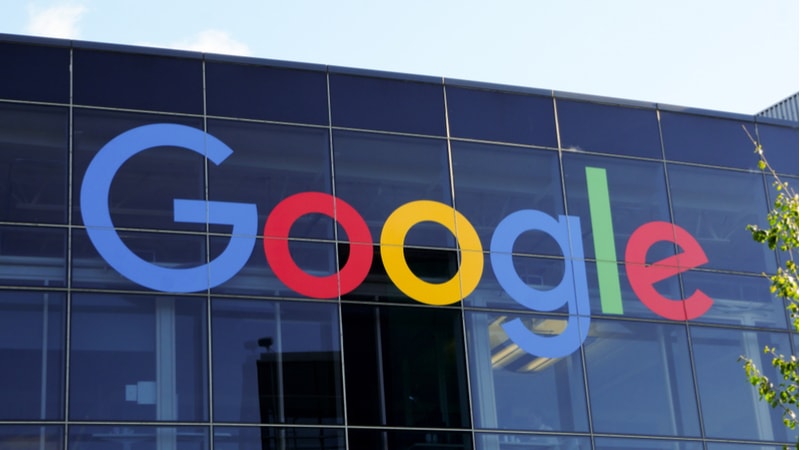
Federal agencies that trade drawn-out pilots for shorter, mission-based “test drives” will give employees hands-on experience with new tools while reducing risk and accelerating change, industry officials shared Wednesday at the Google Public Sector Summit in Washington.
Google is taking this approach with public sector organizations adopting its Google Workspace platform, which integrates its generative artificial intelligence (AI) system Gemini directly into Workspace applications.
Traditional pilots of six months or more are compressed into six-to-eight-week immersive labs that replicate real-world agency missions.
With a traditional pilot, users are working in their existing environment and the new, pilot environment – and that creates friction, noted Austin Leone, senior manager for organizational change management at SADA, which helps organizations adopt Google Cloud.
“We see some attrition. People just kind of fall off of the pilot. … They want to go back to their [usual] tools. It’s not really a byproduct of the tool experience itself … it’s that dual world.”
Even though longer pilots might seem more thorough, they come with other risks as well, including technology and policy change, Leone said.
“The risk is going to come in where the technology landscape has changed dramatically. … I mean, we’ve seen people want to run pilots for a year and try to live in that world. That’s a really long time … the technology itself will change,” Leone said. “Security, compliance, policies that you are holding to are also going to change during that time.”
By implementing a mission-based “test drive” when transitioning to cloud-based productivity and collaboration platforms such as Google Workspace and Gemini, a diverse group of users across locations can begin to practice true workplace collaboration right away.
The test drive begins with stakeholder conversations to understand mission and business requirements and objectives, followed by configuration of the environment and selection of a broadly representative group of users. Then, those users work together on a real-world scenario, using Google Workspace tools.
“I think what we’re trying to do really, is have … something that is more of a true-to-life experience of what people and organizations have every single day when they are working with Google Workspace tools. It’s not the dual world that they are experiencing,” Leone explained.
Each test drive pairs the operational track for end users with a parallel technical stream covering discovery, migration planning, integration, and change strategy.
The test-drive approach reduces the fatigue and redundancy that often plague long pilots,” said Nicolette Stepakoff, a Workspace specialist with Google Public Sector. “That dual world experience or coexistence is not great for your users,” she said. “We really want to condense it down, focus in on those key use cases … and make sure that we’re diving towards mission impact with Workspace and Gemini.”
Gemini’s generative AI capabilities add a new layer of experimentation to the process. In test drives, Leone said participants often make “a Gemini gem … and then we are coming back together as a group, doing a show and tell.” That exercise quickly builds a use-case library that agencies can scale across departments – from automating repetitive workflows to synthesizing large data sets.
Security remains a central pillar. Stepakoff emphasized that Gemini within Workspace “was the first AI tool that was FedRAMP High,” and that “with paid accounts, we don’t use your inputs to train our models.” Test drive environments, she added, are “completely separate from your current data.”
The shorter, mission-focused evaluations are giving agencies faster insight into how AI-driven collaboration can support everyday operations – without waiting months for results, Leone and Stepakoff said.
